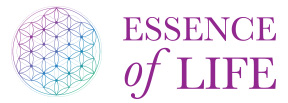At Toronto Thermography Centre we offer some pretty cutting edge technology. Computer Regulation Thermography allows health practitioners to measure the functional health of the body’s organs by measuring the heating and cooling of the skin. A computer tracks changes and compares results against a database of other human measurements. Pretty remarkable stuff! While the system may be fairly new – Computer Regulation Thermography offers a more advanced, precise way of measuring the body’s health as compared to the older infrared camera technology – the principles of heating/cooling that thermography is built upon is nothing new. In fact, it’s ancient!
Many cultures and forms of health practices, then and now, believe that information about the body’s wellness can be detected through skilled touch. The ancient greeks, however, were more precisely looking at the heating and cooling of the skin. They applied mud to the body and watched for a drying pattern, believing that the area that stayed moist (warm) the longest signified a disease site. Hippocrates was a Greek physician who, in 400 A.D., wrote: “In whatever part of the body excess of heat or cold is felt, the disease is there to be discovered.” The idea that the skin is a portal into the wellness of the body is nothing new.
Galileo’s invention of a thermoscope from a glass tube paved the way for advancing the application of these ancient greek principles in expanding scientific terms: in the 1800s Drs Becquerel and Breschet began to track the temperatures of various areas of the body using a thermo-electrical device and Prof. Carl Wunderlich gathered data on the skin temperatures of patients with various diseases.
The first application of thermography in modern medicine came in 1948 when Dr. Leo Massopust took the first known clinical thermograms. Shortly thereafter a Canadian researcher Dr. Ray Lawson published a paper on thermography and breast health entitled “Implications of Surface Temperature in the Diagnosis of Breast Cancer.”
Research into the clinical application picked up in the 1960s and in the 1980s the American Food and Drug Association approved the use of thermography as an adjunct tool for measuring the health of breasts, in that country. Thermography is used extensively in Canada, Australia and European countries like Germany and England. As a complement to other procedures, thermography can assist in the measurement of a woman’s breast health.
Come and learn more about thermography and how it can empower you with information about your body’s wellness. We are now accepting appointments.
*With information from the following source: http://www.indytherm.com/history/




